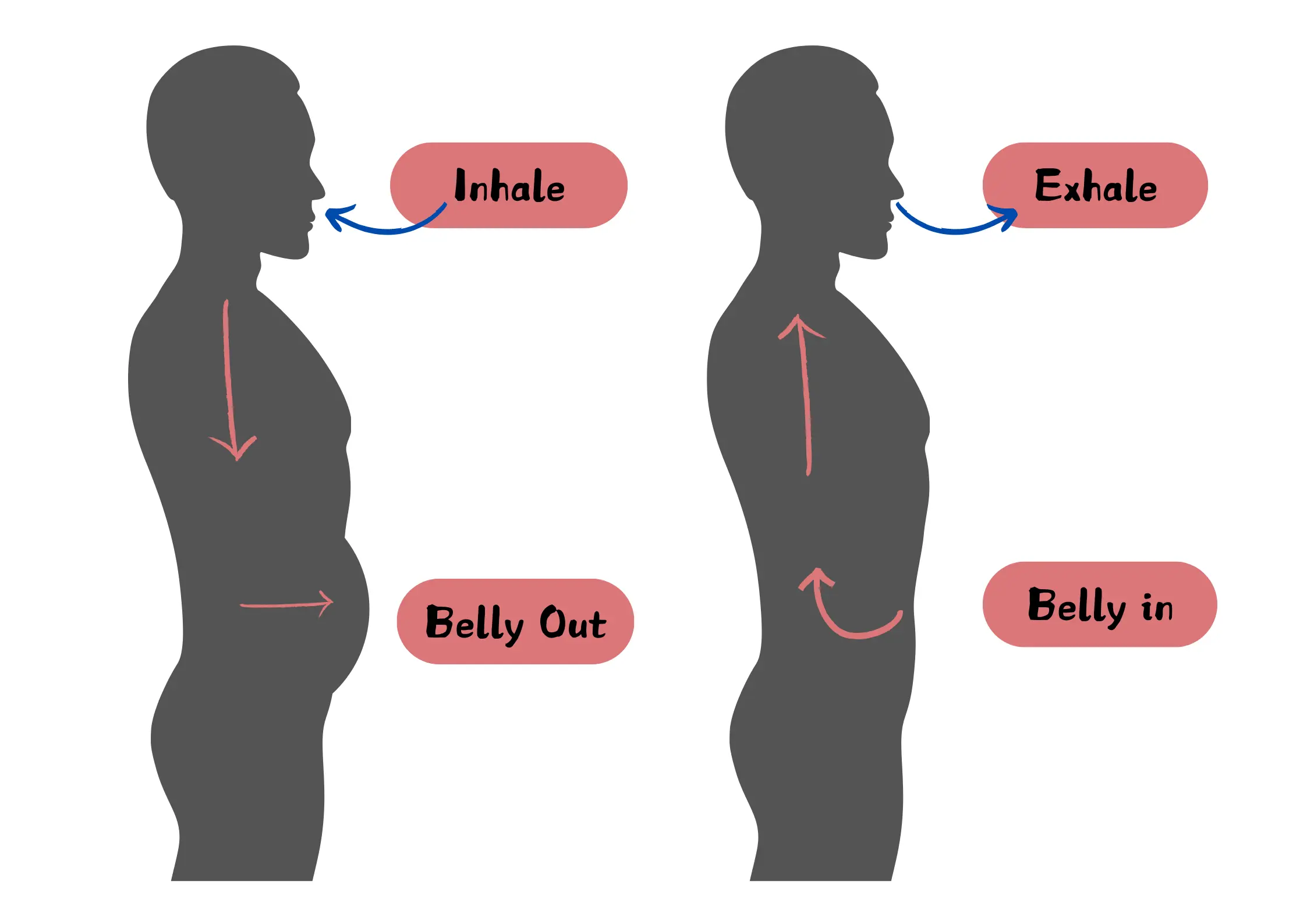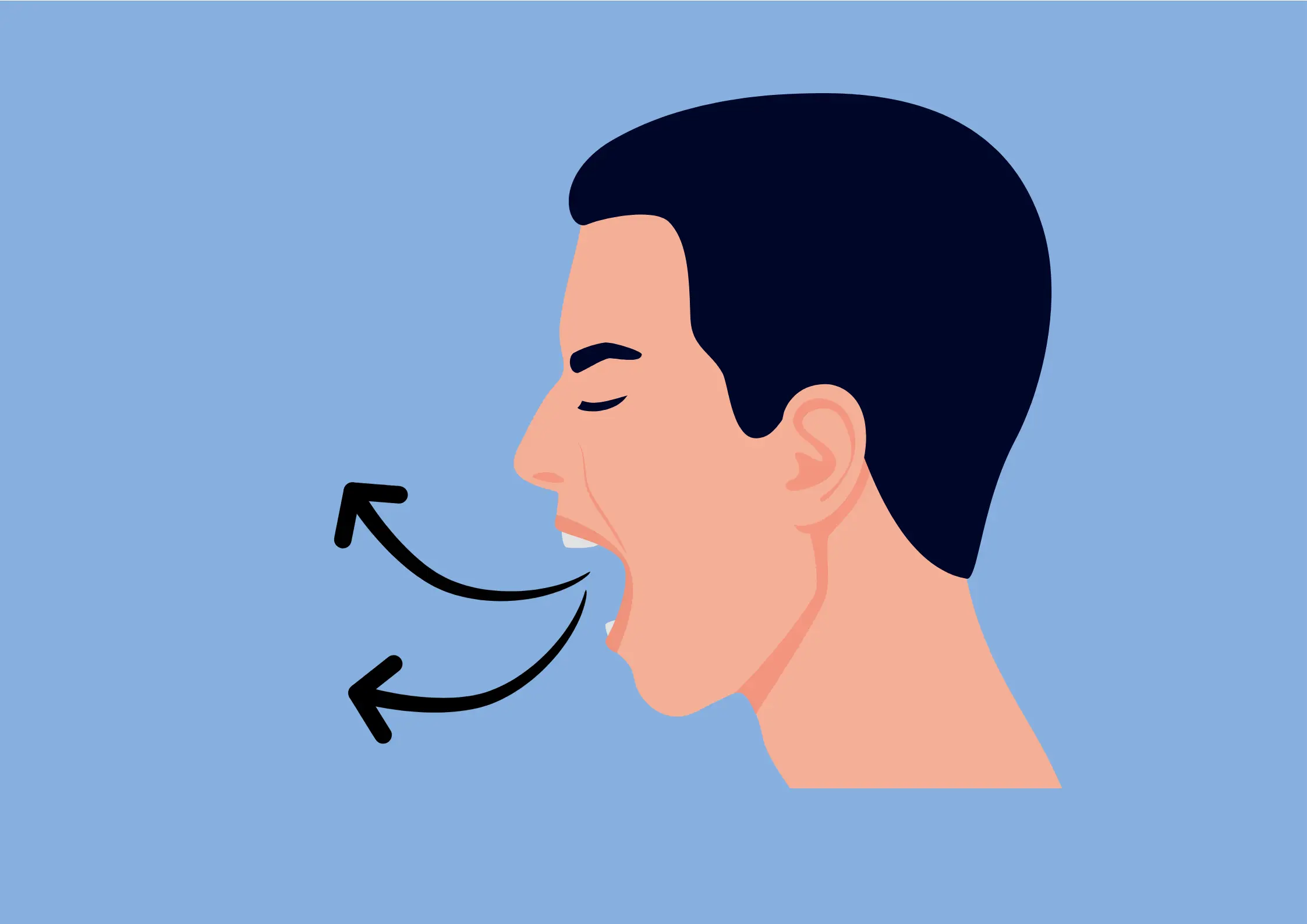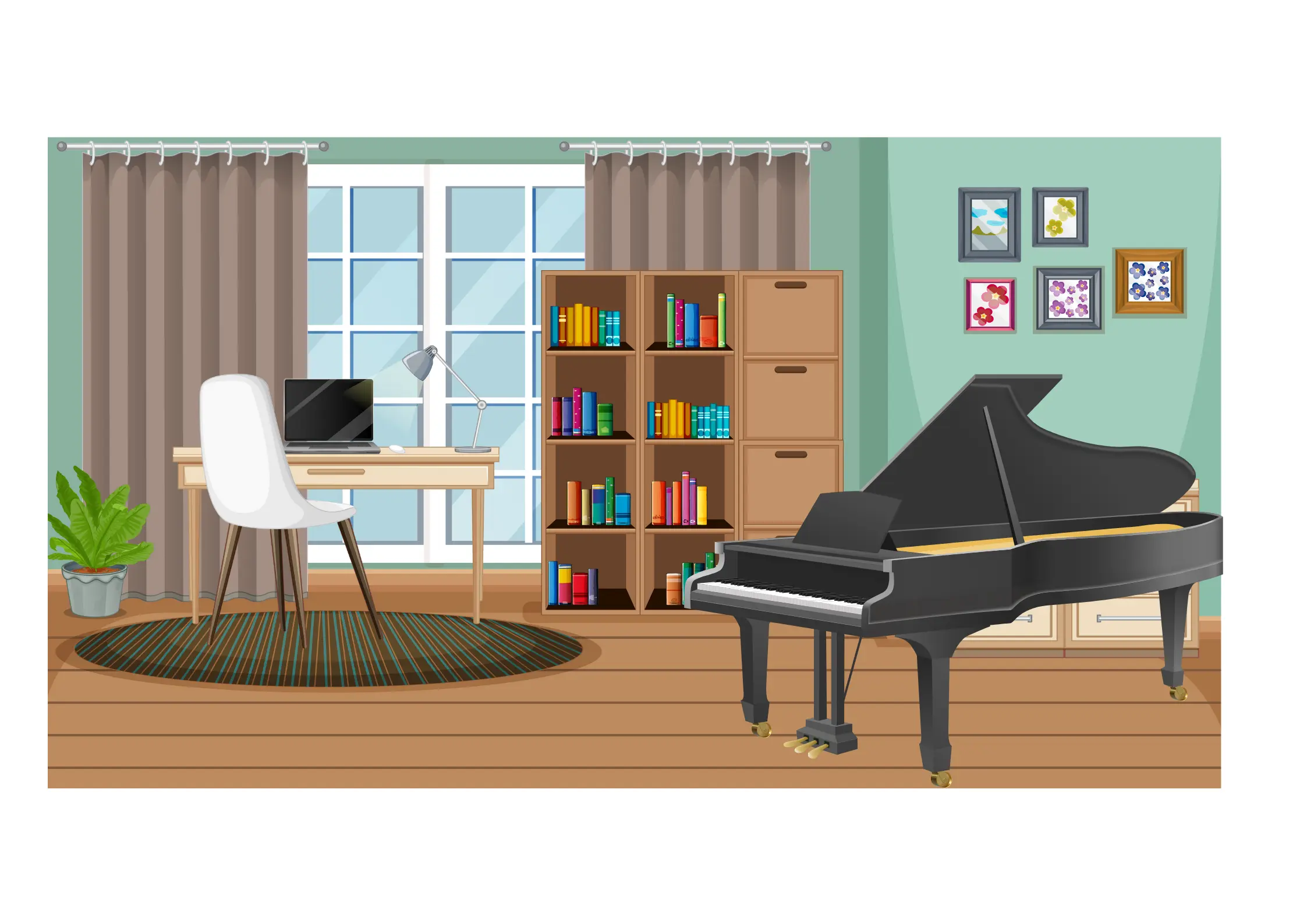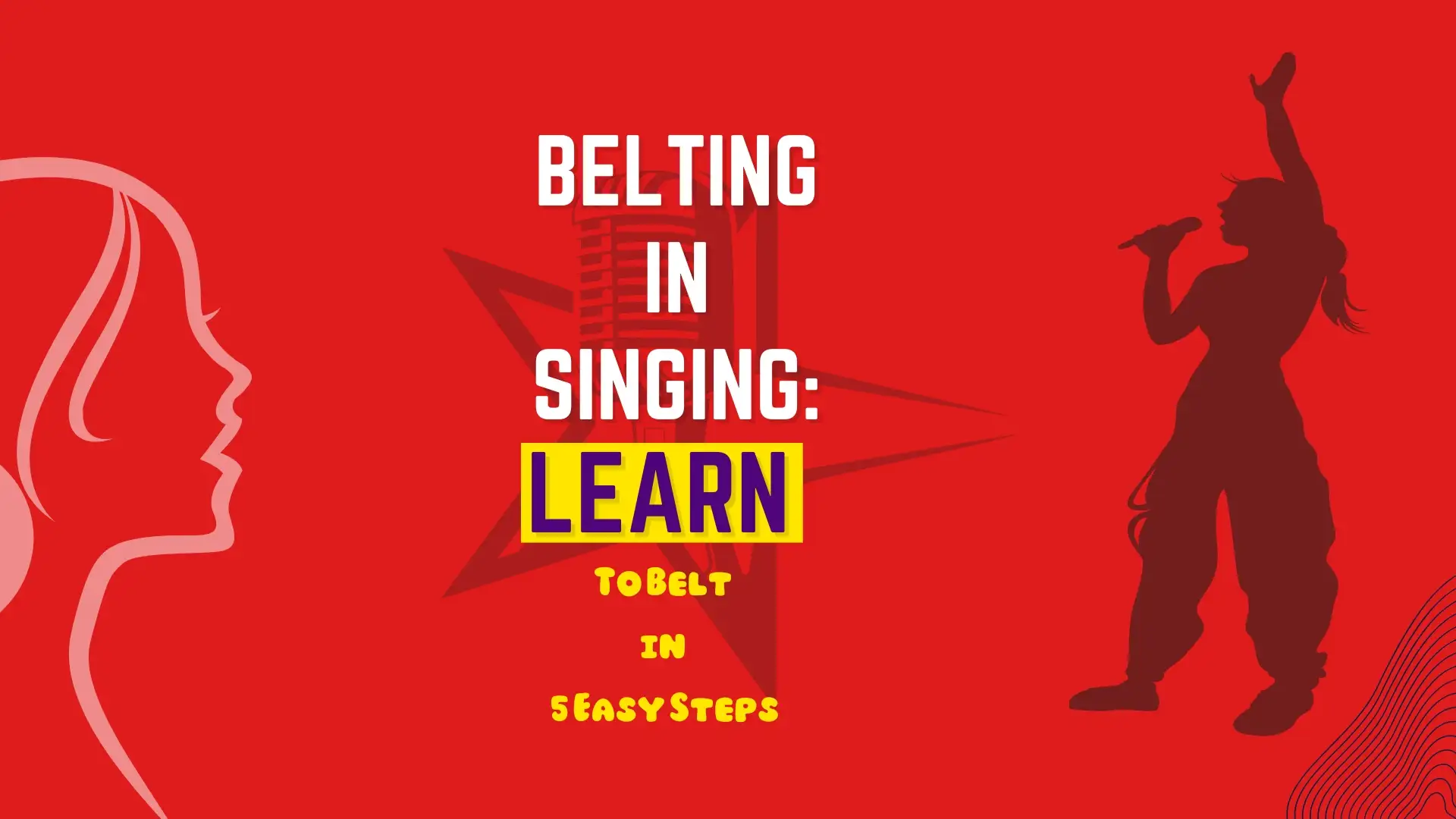There are tons of techniques that singers learn and practice to make their singing desirable. All of these techniques don’t come easily. Understanding its mechanism doesn’t come easily too! But learning them can be easy with enough info and answers to the questions that scare you:
Questions like What is Belting in Singing? How to learn to belt in singing? How to belt high notes? What are the belting techniques for singers? How to perform with healthy belting technique? always pops out when we think of learning Belting technique.
Dread no more! You will find everything you need to know about Belting technique for singers here!
What is Belting in Singing?
Every singer has a breaking point in their chest voice while transitioning to head voice. The concept of taking the chest voice above its breaking point with a little bit of head voice is called Belting in Singing. One can say that it is a vocal technique where a singer projects out his/ her chest voice. This technique makes one’s voice sound really powerful. Generally, many contemporary singers use belting. Belting technique for singers has everything to do with projecting Chest Voice. Although, some extremely talented singers mix the head and chest voice and carry out belting. This is called Mixed Voice.

Like I said, belting is popular in Pop music including Gospel, Rock, Jazz, Blues and R&B and whatnot! It is a known fact that classical singers also produce loud sounds while singing. Make no mistake, this is not belting. Opera singers completely rely on their head voice. Belting is entirely a different Approach. Pop singers completely rely on their chest voice. These singers learn to belting in singing sort of like going against what is taught by vocal tutors.
Learn Belting in Singing in 5 steps
Breath Right:
Both breathing right and drinking lots of fluid can protect you from damaging your vocal cords. Diaphragmatic breathing is absolutely required to stay supported during belting.

But, just in case, to check your breathing, you can lie on the floor and put a book on your stomach. Take a few deep breaths. If your stomach moves while you take these breaths it means that you are indeed breathing right. This is how you learn to belting in singing with proper breathing.
Start With Relaxed Jaws:
Undoubtedly, you can open your mouth as you everytime you sing., naturally. Remember to have relaxed jaws which enables your soft palettes to enlarge and vibrate with proper direction. You should also not feel any tension on your tongue. Belting technique for singers start with relaxed muscles.
It sounds better with a mouth wide open with relaxed tongue. You can simply push your tongue out or place it right behind your lower set of teeth to get this right.
Direct Your Voice Forward:
Directing your voice forward helps with the perfect resonation. As I said earlier push your tongue out or place it right behind your lower set of teeth for the right direction of your chest voice. Particularly, with the help of diaphragmatic breathing, you should be able to direct your voice that originates from your vocal cords, Larynx.

There is a common yet complicated technique of mixed voice(head and chest voice) but I would not recommend it for beginners.
Let’s Talk About Posture:

Proper and relaxed posture is a must for easier belting. Just remember when I say proper posture, its straight spine and relaxed shoulders. You can also have your knees relaxed by slightly pushing it forward. However, the ease of easy and effortless opening of your mouth is incredibly important.
Try Singing High Notes Now:
How to belt high notes is a million dollar question. Generally, it is easier to sing in high volume using chest voices than your head voice. Now, you can slowly try to sing higher notes. Mind your breathing and relaxed muscles. Also be careful that you don’t push too much thereby hurting your vocal cords. Start by projecting your chest voice nice and easy in your comfortable range. This way you can learn the healthy belting technique.
Later on, try increasing your range and voila! That’s belting.
5 Exercises for Healthy Belting Technique
Recite Long Phrases
Generally, try Speaking more like reciting long phrases of words really loud using Chest Voice. Make sure that you don’t feel any tension in your jaws and tongue. This exercise will help you develop a steady breath control. You can also keep adding words to those phrases and making it longer and longer for steady breath support. So, think of this like speaking-singing words that make sense.
One Note Exercise
Start by singing one note, in any pitch. Start at your lower register, that is your chest voice. As you gradually increase the pitch of that note, gradually raise and intensify your voice. Stop when you hit the breaking point of your chest voice or the passagio and start over. Use any or all the Vowel syllables AH-EH-EE-OH-OO.
The ‘Hey’ Trick
This exercise is an ancient one. Say or slightly sing ‘Hey’ nice and easy and loudly. Keep saying the same word louder and louder until you feel like it’s bouncing off of your lips. Trust me! You will know. The trick is to balance the sound and your voice register. Keep checking if you are not shouting but speak as natural and normal as you can.
Tongue Placement
It sounds very simple yet, this is an incredibly important one. Firstly, You must be cautious about placing your tongue right next to your lower set of teeth. You must be cautious about not pulling back your tongue while belting. To make sure you follow this, try singing ‘ng’ followed by a ‘ah’ sound in any of your comfortable pitches and try increasing its pitch. This helps you when you try to belt high notes.
Downward Slides
Downward slides will help you to switch from head voice to chest voice. Basically, pick a higher pitch and slide all the way down to your lowest pitch. You need not find musical intervals. Just about any pitch works.
Few Tips to Safely Belting in Singing
Make sure you find a quiet place where you can be as loud and free as you need to practice

It is very important that you are hydrated as required. Dryness can cause unwanted problems in your throat,

Thirdly, you have got to be patient yet persistent. That means start small and then increase the intensity of your practice. Now this is how you can make sure you stay in the safe zone.
Slowly and mindfully try to increase the range of your chest voice. Basically, it is absolutely vital that you do that in time so you can safeguard your vocal cords from any sort of damage.
Lastly, make sure your breath is supported. Unsupported breathing will make you tired very soon. Determine your capabilities and try not to push past it and sing safe.
Closing Thoughts
To learn to belting in singing can be a lot to take on especially when you have not understood the technique from top to bottom. It is also incredibly important to do things right so that you don’t hurt your vocal cords. As a vocal educator, I would always recommend guidance. Book a free demo with us MUSICMASTER.
FAQs
What is belting in singing, and how does it differ from other vocal techniques?
Belting is a process of singing high notes above one’s passagio in chest voice is called Belting. Other vocal techniques dictates above passagio, head voice need to used but that’s not the case in belting.
What are the key elements of belting technique, and are there exercises or training methods to help singers develop and master this vocal skill?
Key elements include Supported breathing, relaxed muscles in throat and mouth. There are various exercises as mentioned above to develop Belting.
How can I safely belt in singing?
Making sure that you breath right, relax your jaws and other muscles including your tongue and try not to push past your capabilities but practice patiently is how you belt safely.
What are some tips for belting higher notes?
Most important tip would be to try exercises that help increase your vocal range in chest voice.
Can belting be harmful to the voice, and what precautions should singers take to maintain vocal health while incorporating belting into their repertoire?
Belting with tensed muscles can be harmful to the voice. However, consistent practice with exercises and relaxed muscles can be helpful while incorporating belting into any repertoire.































